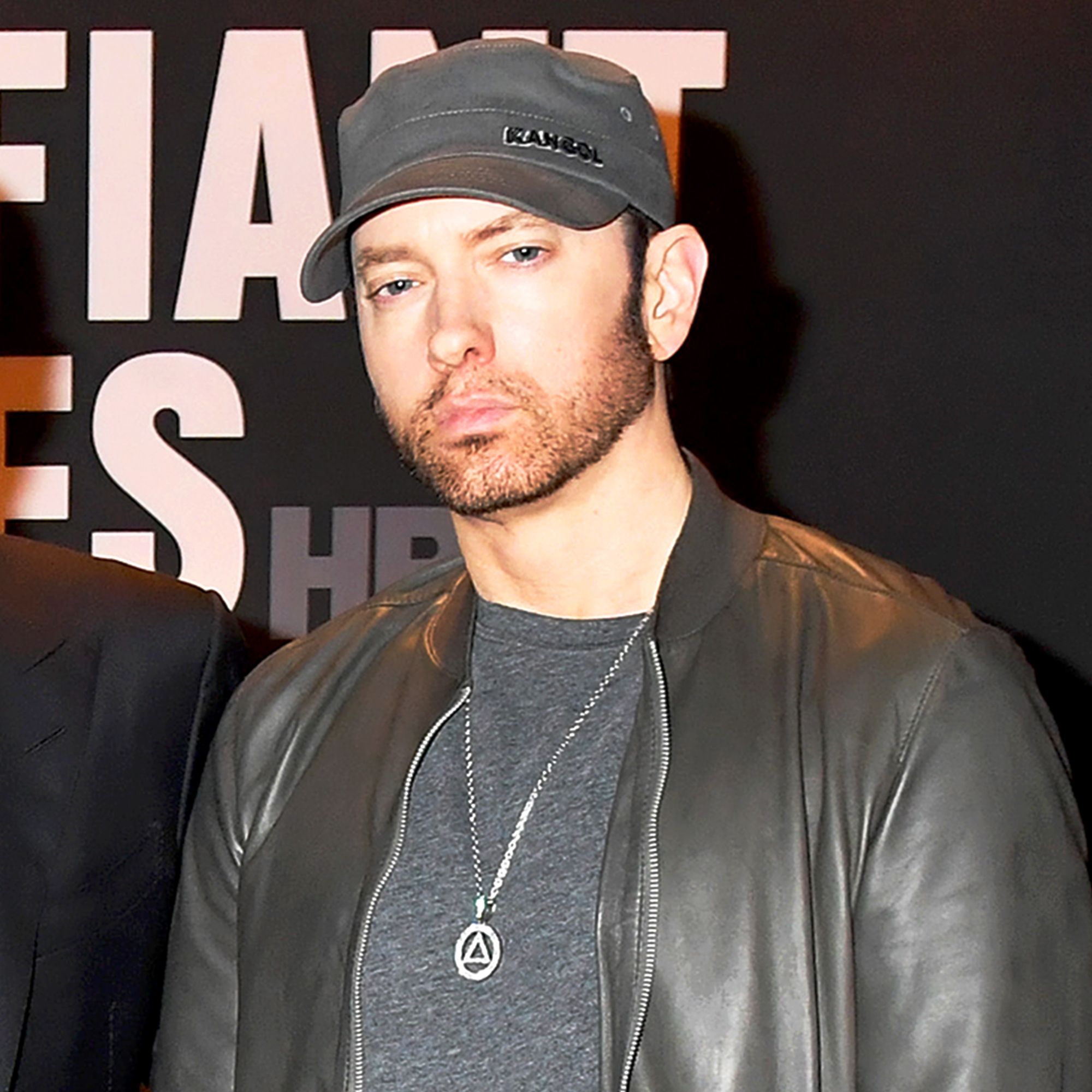

Eminem looked, some days, like he could be right there in a boyband: white and welcoming, his most rugged edges only existing when he began speaking or rapping. It was another example of trying to swallow what you might not want to be associated with. In his videos, he would mock them while wearing plain white T-shirts to complement his blond hair, sometimes patted down with gel. Christina Aguilera, ’NSync, Britney Spears, Mariah Carey. Eminem found a way, despite all of his aggression, to turn most of his rage toward pop stars. Eminem’s fantasies often involved the blood of people who were living, and it must be funny to be on the other side of a fantasy about death.Įxpressive and detailed anger is a luxury. What we didn’t understand was a way to express what we understood and walk away unscathed. We understood anger, angst, bitterness, and the rage that fuelled it. We understood nihilism, and a desire for exit. For the black kids in the hood, he gained a type of credibility for the ruthlessness and carelessness with which he regarded human life, particularly his own. Eminem was rapping directly into that proximity. Knowing that you could never survive it, or even attempt it in your own life. There is a level of danger that proximity to whiteness makes thrilling, when taken in from afar. On the eastside where me and my boys were from, if you raised your hand to your father, you wouldn’t be raising it to anything else for at least a few weeks. And his daddy didn’t even do anything except cover his face and shake his head and tell Adam that he was sorry for not letting him use the car. One of them, Adam, punched his daddy one day, right there on the front lawn of his house. The funny thing about Eminem is that me and my crew fucked with him because he talked that reckless shit like the white boys we’d known from a few blocks over who would scream at their mothers.

They Can’t Kill Us Until They Kill Us by Hanif Aburraquib. In the second album cover he is there, in the back. His face wasn’t on the cover of the group’s debut album. The other joke, if you look closely enough, is that the only black member of 3rd Bass was the DJ. White rappers fighting to save the world from other white rappers in the name of real hip-hop.

White rappers taking a bat to a white rapper at a time when the need to separate their whiteness from his was urgent. The joke is that MC Serch and Pete Nice are also white.

The fictional attack that 3rd Bass is playing out in the music video, when looked at through this lens, feels like a type of retaliation. He is not also on the ground being beaten with bats, though he is as much a part of this song’s narrative as Vanilla Ice is: both manufactured, with somewhat fabricated histories, created to push into the mainstream and spread their shadows over everything they could so that white mothers in the suburbs might think of them as “fun, wholesome rap music”, and feel more justified wagging their fingers at the other stars of the genre. There is no actor in the video playing MC Hammer.


 0 kommentar(er)
0 kommentar(er)
